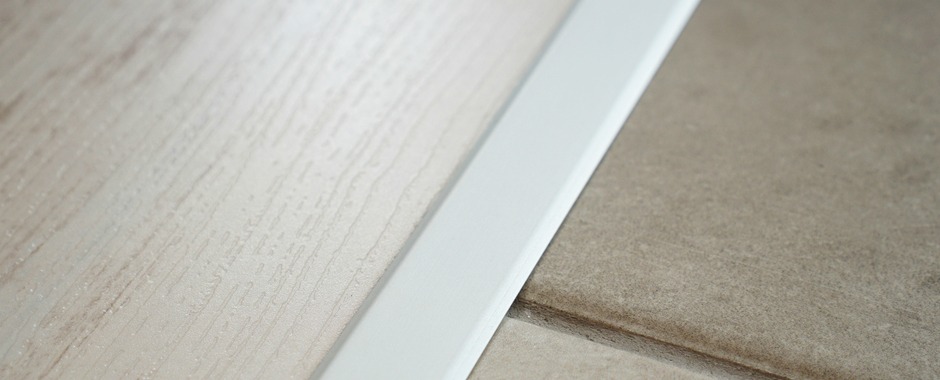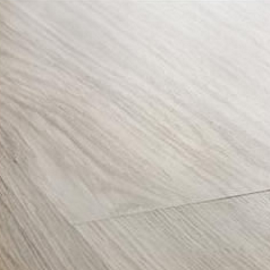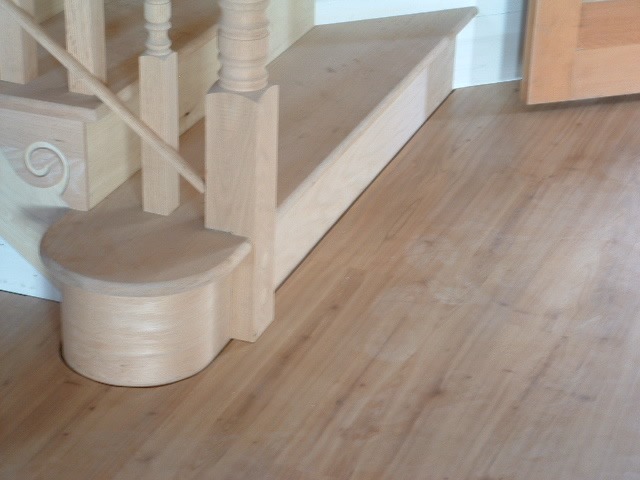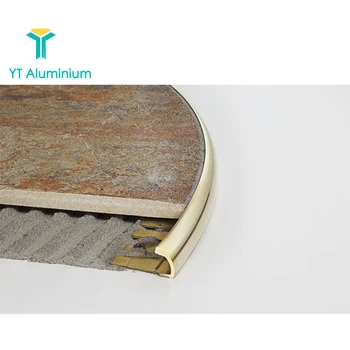Laminated flooring is produced- Positive Many Meanings – from synthetic materials together with healthy ingredients as well as decorated with applique. It's frequently used as a substitute to solid wood or stone flooring which it is able to replicate effectively and easily. Nonetheless, the glueless laminate floor surfaces and also the glued laminate floors call for a lot of applications in case you would like to do the job right.
Laminate Flooring Curved Edge

Laminate flooring was easy to private label you simply changed the insert or the packaging and then that produced another brand or line of flooring. As soon as you enter your home, make it a practice to remove the shoes of yours. You can furthermore go to my3cents.com to see whether there are plenty of major complaints with the products you are considering. For an alternative, try using an unique block. The very last backer layer provides additional support and stability.
Laminated flooring Laminate flooring, Flooring, Laminate

Even though you may not be the one to put in it yourself, one must always be sure to choose those floorings that are easy to install thus the interior designer adding them does not spend a lot of time in your home and also stay away from some changes which might need to be done on the actual flooring. Practically nothing come close to laminate flooring.
De Floors Laminate Flooring, Thickness: 8mm, Rs 75 /square feet R.S. Wood Floors ID: 21592205755

Laminate Flooring Edge Trim Grey – LAMINATE FLOORING

Laminate Edging Laminate Advice FlooringSupplies.co.uk

800 Square Feet Of Laminate Flooring Laminate Flooring

FAQ Installing Laminate Around Curved Staircase

Laminate Flooring Edging eBay
Aluminium Flexible Floor Trim Curved Floor Tile Edge Trim For Laminate Flooring Transition

Different Types of Laminate Flooring and Characteristics

Stair Nose Flush Mount Bullnose Transition Molding for Wood Flooring Elegance Plyquet

Laminate Flooring Edge Strips – LAMINATE FLOORING
Laminate Flooring 12mm Thick – Vintalicious.net

Egger Natural Hamilton Oak – Curved Edge Worktops – Online

How to lay laminate floor around fireplace SVTPerformance.com
Related Posts:
- Laminate Flooring Or Bamboo Flooring Which Is Better
- Laminate Flooring Customer Reviews
- Underfloor Heating Laminate Flooring Underlay
- Auto Click Laminate Flooring
- Laminate Flooring Glueless
- Mannington Vs Pergo Laminate Flooring
- Lumber Liquidators Laminate Flooring Issues
- How To Fit Trim On Laminate Flooring
- Laminate Flooring Brand Comparison
- How To Fit Laminate Flooring In A Kitchen